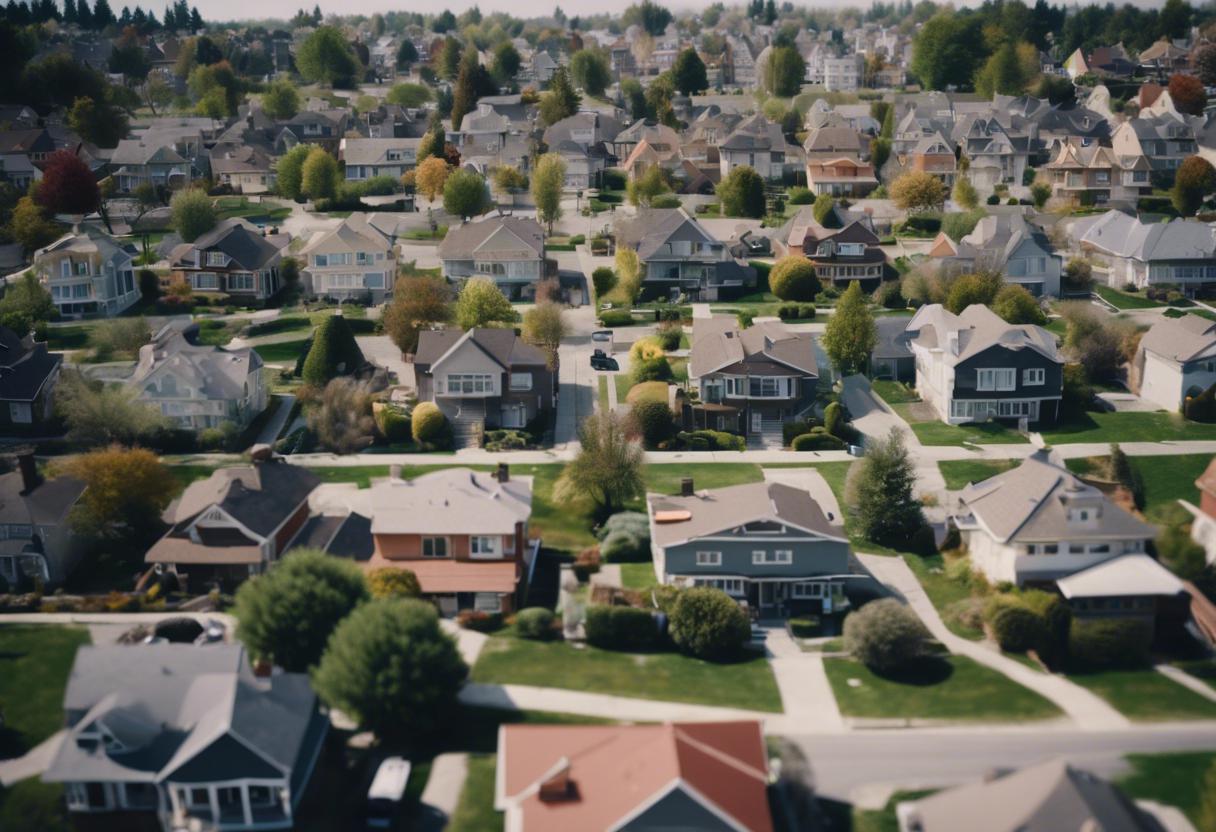In the third quarter, nationwide house prices saw an increase of 3 per cent, averaging near €345,000. This rise was in response to the ongoing scarcity of property, as stated by property site, Daft.ie. The site also reported that the surge in house prices between June and September was the most rapid in a three-month span since 2017.
On a national level, the price of purchasing a home augmented by 3.1 per cent, averaging €344,848. This recent report disclosed that the current prices were 6.2 per cent higher compared to the same period of the previous year. Moreover, house prices have shown an elevation of 37 per cent since the initial outbreak of Covid-19 in 2020.
Buyers in Limerick had the most drastic experience, with house prices augmenting by 9.7% to an average price of €292,437 in the past three months, as per Daft’s data. Dublin saw a price increase of 6.2%, bringing the average to €463,265, with inflation outpacing numerous major population centres. Prices in Galway city increased by 4.1% to €388,604, while Cork prices rose by 3.8% to €354,307, and Waterford saw a 3.4% increase, making the average price €249,792.
Excluding Dublin, house price inflation across the rest of the State reached 6.3 per cent, offering an average property price of €294,541. Ronan Lyons, an economist from Trinity College Dublin and author of the report, pinpointed a shortage in the housing market as the root cause of these significant rises. He emphasised that this should be the priority for policymakers in the future.
Daft’s statistics reveal an ongoing decrease in the number of second-hand properties available for purchase. On the first of September, only 11,900 second-hand properties were on sale, marking a reduction of 12 per cent compared to the previous year and a historic low as per the report. This scarcity was also noted in September 2021, shortly after the lifting of government-imposed lockdowns. This had further strained the housing supply, with only 51,000 homes coming on the market in the year leading up to September, compared to 57,000 in the preceding year.
Mr Lyons highlighted that while the construction and purchase of new homes remained steady, the same level of activity wasn’t seen in the second-hand property market. He insisted that this dearth was contributing to a surge in prices, especially in Dublin, a hub of new housing projects. He revealed that historical data showed the average second-hand home purchased in Dublin from June to September fetched 7.6 per cent higher than its asking price, the most significant discrepancy since the tracking began in 2010. In other regions, the pattern was somewhat alike with the average excess over the advertised price across the country hitting a record-breaking 5.4 per cent, Mr Lyons further mentioned. He anticipated that a decline in interest rates would stimulate the market.

